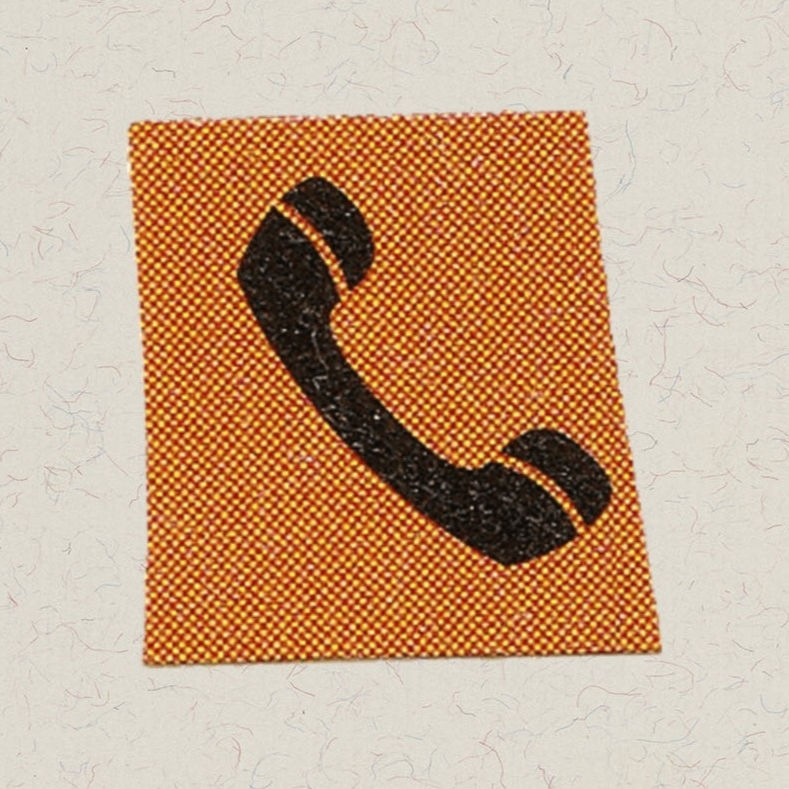Intentional living 🤝minimalism digital
- Aline Brito
- Aug 29, 2024
- 2 min read
Updated: Nov 18

In recent years, a subtle yet significant moviment has emerged: more people are turning to minimalist or "dumb" phones as a way to break free from the grips of social media and the constant pull of their smartphones. It is not just about choosing a simpler device; it's a response to the pervasive psychological issues tied to the "attention economy," where apps and smartphones are designed to be as engaging and addictive as possible.
Every notification, like, and scroll is designed to trigger dopamine releases, keeping users engaged for as long as possible. Was the user intentionally living and using their phone, or were they compelled to feel the need to use it? The longer you stay on an app, the more ads you see, and the more data is collected. This cycle fuels the "attention economy," where our focus and time become the most valuable commodities.
However, this constant engagement comes at a cost. Many people are now recognizing the psychological toll of being perpetually connected. Feelings of anxiety, FOMO (fear of missing out), and decreased attention spans are just a few of the negative effects. It's no surprise, then, that some are seeking a way out.
Digital wellbeing, digital detox, and the use of minimalist or ‘dumb’ phones are emerging as collective behaviors. These phones offer only the essentials: calling, texting, and perhaps a basic calendar or music player. The goal is to minimize distractions and reduce the compulsive behavior that smartphones often encourage.
One popular app in this space is ‘Minimalist Phone: Screen Time,’ available on the Play Store, which has already surpassed 1 million downloads1. The minimalist phone design is gaining attention, featuring a cellphone that resembles an e-reader but functions like any other cellphone. Alternatively, some are returning to basic mobile phones.

Print screen from Techless website.
A quick search on Google Trends reveals the exponential rise in interest for terms like "minimalist digital." This surge reflects a broader awareness of the impact that constant connectivity has on mental health and well-being. As more people recognize the downsides of excessive screen time, the minimalist phone is gaining traction as a practical solution.
This movement isn't just about reducing phone usage; it's about reclaiming one's attention and prioritizing mental health. By stepping away from the endless notifications and curated feeds, individuals are finding more time for real-world interactions, hobbies, and personal growth.

The shift towards minimalist phones underscores a growing awareness of how social media and digital devices shape our behaviors and mental health. While technology has its benefits, it's becoming increasingly clear that balance is key. The minimalist phone movement serves as a reminder that sometimes, less really is more.
As this trend continues to grow, it will be interesting to see how the tech industry responds. Will more companies embrace the idea of digital well-being, or will the pull of the attention economy prove too strong? One thing is certain—people are starting to push back, and the intentional living is at the forefront of this new wave of digital consciousness.
If you liked the dump phone I recommend you to pay a visit at https://www.andrewfolts.com/.



Comments